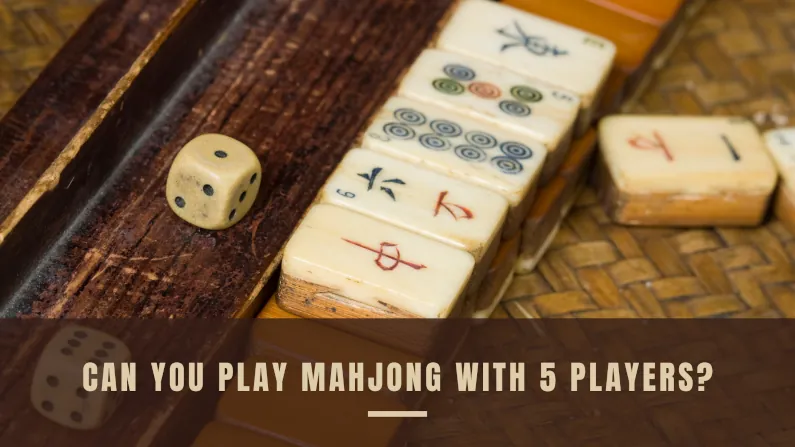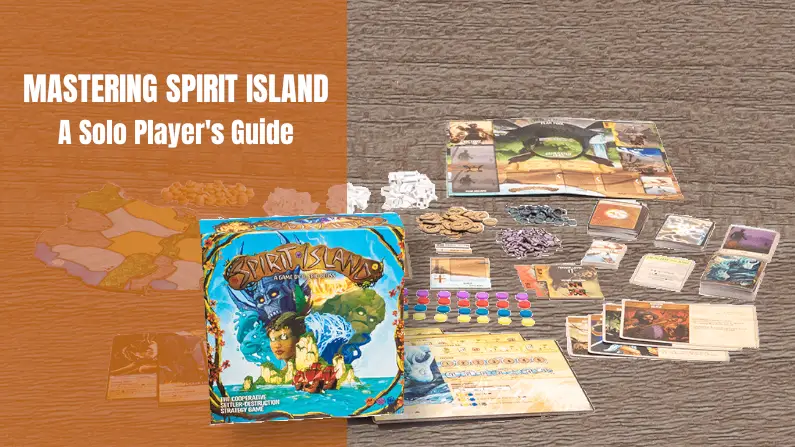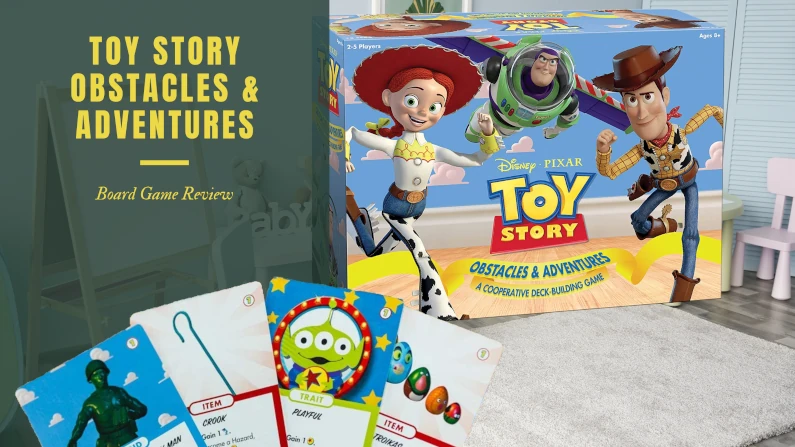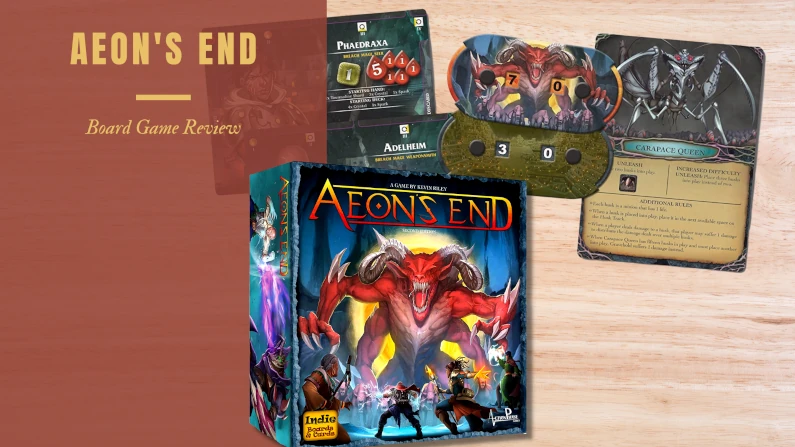Can You Play Mahjong With 5 Players?
We are an affiliate. We really hope you enjoy the products we recommend! When you click on links we may receive a commission or other compensation at no cost to you. Thank you for coming to our site and for any links you use. We really appreciate it.
Did you know that there are many versions of Mahjong? The game originated in the 19th century in China and spread throughout the world without any standard rules. This led to variations being developed wherever it was played. In this article we answer the question, can you play Mahjong with 5 players?
Mahjong (also known as Mah-Jong or Mah Jongg) rose in popularity in America during the 1920’s and tournaments are now played using the Standardized National Mah Jongg Tournament Rules which were published in 2005[1].
The most basic version is the Old Hong Kong Mahjong rules but there are also British and American variations amongst others. In this article we will be talking about the American version of the rules but this variation can be adapted to any version.
As we are discussing the American rules you should be aware of normal play and that you need a score card in order to play.
This Mahjong should not be confused with Mahjong Solitaire where you play on your own. American Mahjong is played with 4 players. Although there are 2, 3 and 5 player variations.
You can play Mahjong with 5 players by varying the rules in the following way:
- Roll the dice to determine which player sits out first. The player who rolls the lowest sits out.
- At the end of the hand the dealer swaps places with the person sitting out.
So that is the brief description of the variation. Now let’s take a look at how the game will play.

Table of Contents
- Starting the Hand
- Picking the hand
- The Charlston
- Gameplay
- Calling Tiles
- Mahjong
- Swapping out players
- Conclusion
- References
Starting the Hand
Place the four racks on the table in front of the four positions where players will play their hand. Now place the 152 tiles face down on the table in the middle of the four racks.
The players now all shuffle the tiles and once they have been shuffled well the wall is built.
Four of the players will build a wall of tiles from the pile in the middle. Each row will be 19 tiles wide and 2 tiles high making a total of 38 tiles.
Once the wall is built it is time to decide who will play East, South, West, North, and who sits out this hand. Each player rolls the dice. The player with the highest roll becomes East (the dealer) and the player with the lowest sits out this hand. The player to the right of East becomes South and the next player to the right becomes West and the last player becomes North.
Now that everyone has their places worked out East rolls the dice to break the wall. Whatever the number rolled is the number of pairs that East takes from the right hand side of the wall.
If East had rolled a 5 then they will take 5 pairs from the wall, a total of 10 tiles. East will then take 4 pairs (two from the top and two from the bottom), then each player in turn does the same. This continues until each player has 12 tiles.
At this point the dealer will take tile one and tile three from the top row. South will take the first bottom tile. West will take the now first top tile and finally North will take the remaining bottom tile that was under West’s.
East ends up with 14 tiles and the other players have 13.
Picking the hand
The goal here is to put together the Mahjong hand. Each player arranges their tiles in logical order and begins to develop a strategy to get Mahjong. They need to match their hand exactly with the score card.
The Charlston
This ritual is unique to the American version and is an opportunity for the players to pass tiles to each other. The objective is to improve your hand by getting rid of your unwanted tiles.
The Charleston has three opportunities to pass tiles. The first Charleston, then if all players agree the Charlston is repeated. If there is a second phase then there is a final courtesy phase where players can pass tiles to the person opposite them if agreed. The Charleston goes like this:
First pass:
- Each player passes 3 tiles to their right.
- Each player passes 3 tiles to the opposite player.
- Each player passes 3 tiles to their left. They can do a blind pass by handing the 3 tiles they have just received without looking at them.
Second pass:
- Each player passes 3 tiles to their left.
- Each player passes 3 tiles to the opposite player.
- Each player passes 3 tiles to their right. These may also be passed blind.
Courtesy pass:
- Finally the players opposite each other can choose to pass 3 tiles between them.
It should be noted that no jokers are allowed to be passed in the Charlston or the courtesy passes.
Gameplay
The objective is to replicate one of the hands on the score card and declare Mahjong. You can change your hand around by:
- Drawing and discarding
- Calling discarded tiles
- Using Jokers
As the hand progresses you may find that you disregard the original hand and attempt to get another instead as the tiles are turned over. As you play you must improve your hand and move towards the objective.
Drawing and Discarding
The East player goes first as they have 14 tiles. Their first move is to discard a tile in order to start the hand. At this point a player can call that tile – see Calling Tiles.
If the tile is not called then the turn moves to the next player on the right (South). The next player will draw a tile from the wall where the last tile was drawn from.
The player now has a choice:
- Discard the tile they have just drawn or
- Keep it and discard another tile from their hand
If this discarded tile is not called then again the turn passes to the next player on the right (West) and this repeats until a tile is called.
Calling Tiles
Any of the players may call the most recent tile that has been discarded as long as it makes a pung, kong, quint, secret, or any combination of an exposed hand marked with an X on the score card. Any previously discarded tile is considered dead and cannot be called.
You cannot call a a tile if it will complete a hand that needs only a single tile or completes a pair unless that pair completes a Mahjong hand.
If you have called a tile and it does not make a Mahjong then you must ‘expose’ the combination you have just made and it must stay exposed for the rest of the hand.
As with drawing a tile from the wall the player must discard a tile from their hand after calling a tile.
If the discarded tile is not called play continues from the player to the right of the player who called the tile. This may mean that players’ turns are skipped.
If multiple players call a tile at the same time there is a priority:
- A player calling the tile to complete Mahjong gets the tile over someone who is just making a combination.
- If all players are only calling to make combinations then the player who’s closest to having the next turn has priority and gains the tile.
Anyone working towards a concealed hand must draw all their tiles from the wall except for their last tile which will be to declare Mahjong.
Joker Tiles
A joker tile can be used to be any tile in a pung, kong, quint, or sextet combination. You cannot use them in pair or single tile hands.
If a player uses the joker in an exposed combination and you have the actual tile. You can exchange the joker for the tile once it is your turn by calling a discard or drawing from the wall.
Swapping the joker for the actual tile in your hand. If you have multiple tiles you can do this for all that apply. Then discarding a tile from your hand.
Mahjong
Hopefully someone will declare Mahjong which will make them the winner and end the hand. If there is a Mahjong declared then there is a payout dependent on how the Mahjong was made.
If that doesn’t happen then the hand ends once all the tiles have been drawn from the wall and no one has declared Mahjong. In this case then there is no payout.
Swapping out players
Once the first hand is over the East player bows out and the player who has sat out this hand steps in. Everyone rerolls to see who is East and the next hand set up starts again.
Conclusion
The above describes how to play Mahjong with 5 players. You now know how the player swap works and when it should happen.
I also have more articles you may be interested in including Why is Go so Hard? which includes some tips and tricks to help you get started. If you love board games then perhaps Can You Play Board Games by Yourself? will be of interest.



